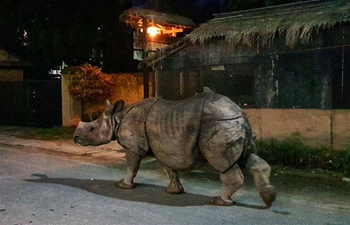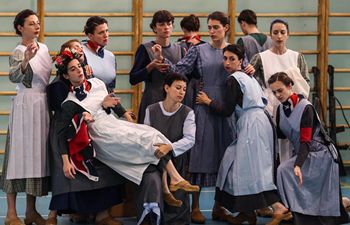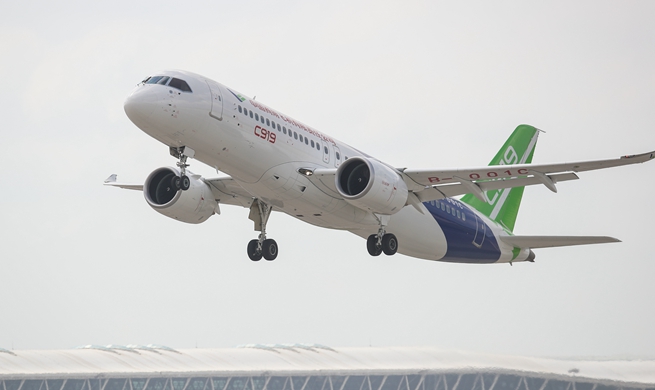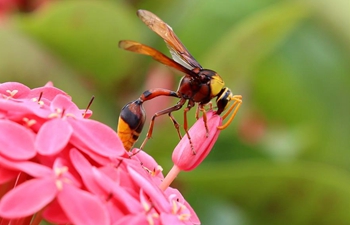WASHINGTON, July 12 (Xinhua) -- A study published on Thursday in the journal Science showed that there are actually two spindles during an embryo's first cell division in mammals, one for each set of parental chromosomes.
The textbook-changing findings meant that the genetic information from each parent is kept apart throughout the first division, as it was long thought that initially, one spindle is responsible for segregating the embryo's chromosomes into two cells.
This dual spindle formation might explain the high error rate in the early developmental stages of mammals, spanning the first few cell divisions.
"We already knew about dual spindle formation in simpler organisms like insects, but we never thought this would be the case in mammals like mice. This finding was a big surprise, showing that you should always be prepared for the unexpected," said Jan Ellenberg, the group leader at European Molecular Biology Laboratory (EMBL) who led the project.
The spindle is made of thin, tube-like protein assemblies known as microtubules and during mitosis of animal cells, groups of such tubes grow dynamically and self-organize into a bi-polar spindle that surrounds the chromosomes, according to the researchers.
Mitosis is the process of cell division, when one cell splits into two daughter cells. The microtubule fibers grow toward the chromosomes and connect with them, in preparation for chromosome separation to the daughter cells.
Previously, scientists noted that parental chromosomes occupying two half-moon-shaped parts in the nucleus of two-cell embryos, but it wasn't clear how this could be explained.
"First, we were looking at the motion of parental chromosomes only, and we couldn't make sense of the cause of the separation," said Judith Reichmann, scientist at EMBL and the first author of the paper.
"Only when focusing on the microtubules, the dynamic structures that spindles are made of, could we see the dual spindles for the first time," said Reichmann.
"The dual spindles provide a previously unknown mechanism and thus a possible explanation for the common mistakes we see in the first divisions of mammalian embryos," said Ellenberg.
Such mistakes can result in cells with multiple nuclei, terminating development, according to Ellenberg.

















